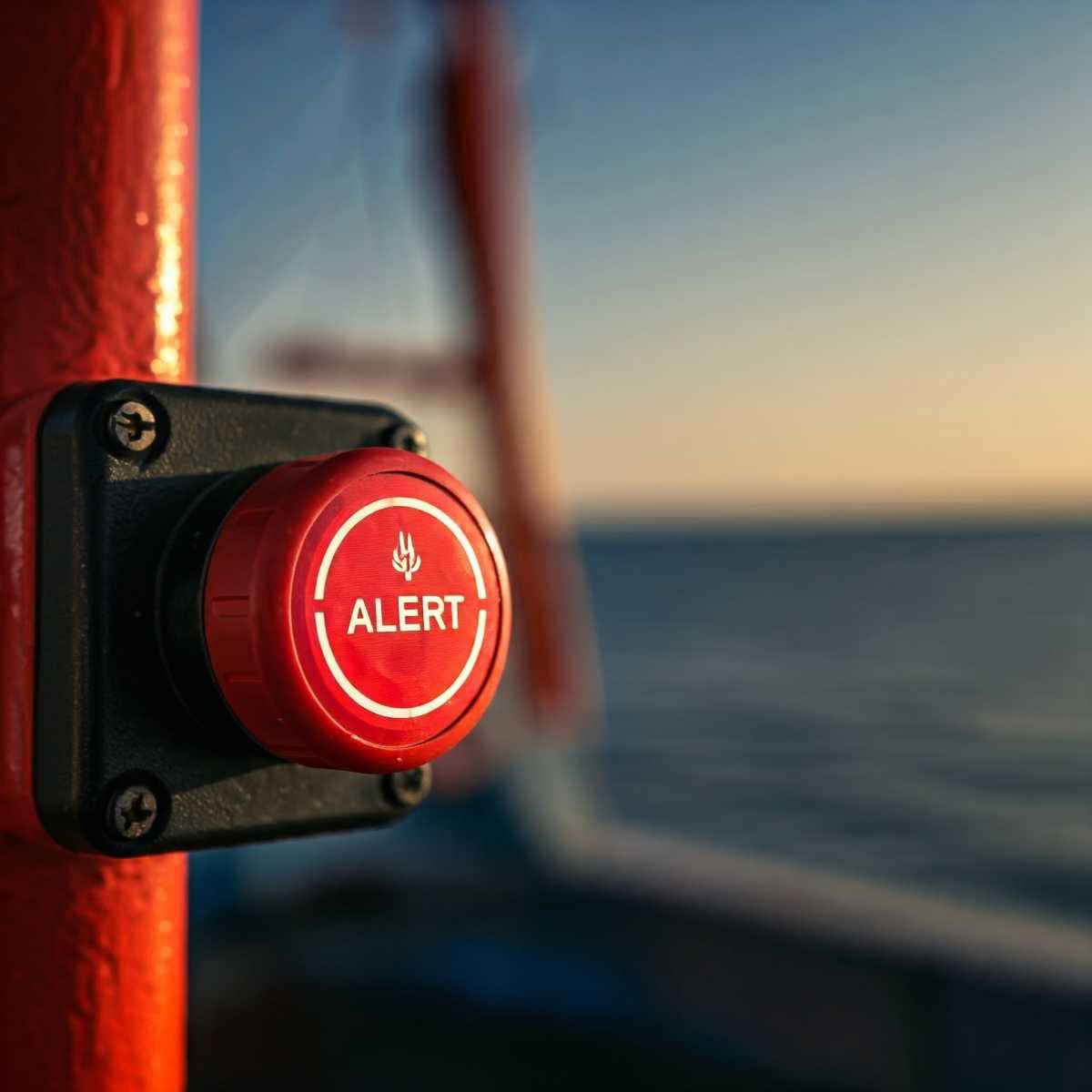How a Simple Button Became the Mexican Fisherman's Best Mate
Mexico's fishing fleet has been fitted with what might be the world's most sophisticated panic button. It's basically a foolproof 'help me' system that ensures when things go catastrophically wrong at sea (and they always do), the cavalry arrives before you've had time to practice your last words.

The sea. It's an unforgiving mistress. One moment, it's gently cradling your boat like a mother rocking her baby; the next, it's ready to toss you about like a piece of driftwood caught in a washing machine. Yes, as anyone who's braved the waves will tell you, the ocean doesn't play fair. It's unpredictable, unrelenting, and quite frankly, utterly terrifying. Yet, against this formidable backdrop, you have the likes of Conapesca and its clever Satellite Location and Monitoring Center working tirelessly to keep Mexico's fishermen alive and well.
You see, if there's one thing you don’t mess around with, it's Mother Nature. Especially when she’s angry, swirling winds into cyclones and whipping waves into frothy monsters that would make even the bravest mariner think twice. The tropical cyclone season isn't a friendly summer invitation; it's a six-month gauntlet of potential peril. Kicking off in the Northeastern Pacific on May 15 and in the North Atlantic on June 1, this watery arena of danger doesn't close its curtains until November 30. And guess what? Even when cyclones aren't on the prowl, there are still plenty of ways the ocean can ruin your day—or your life.




